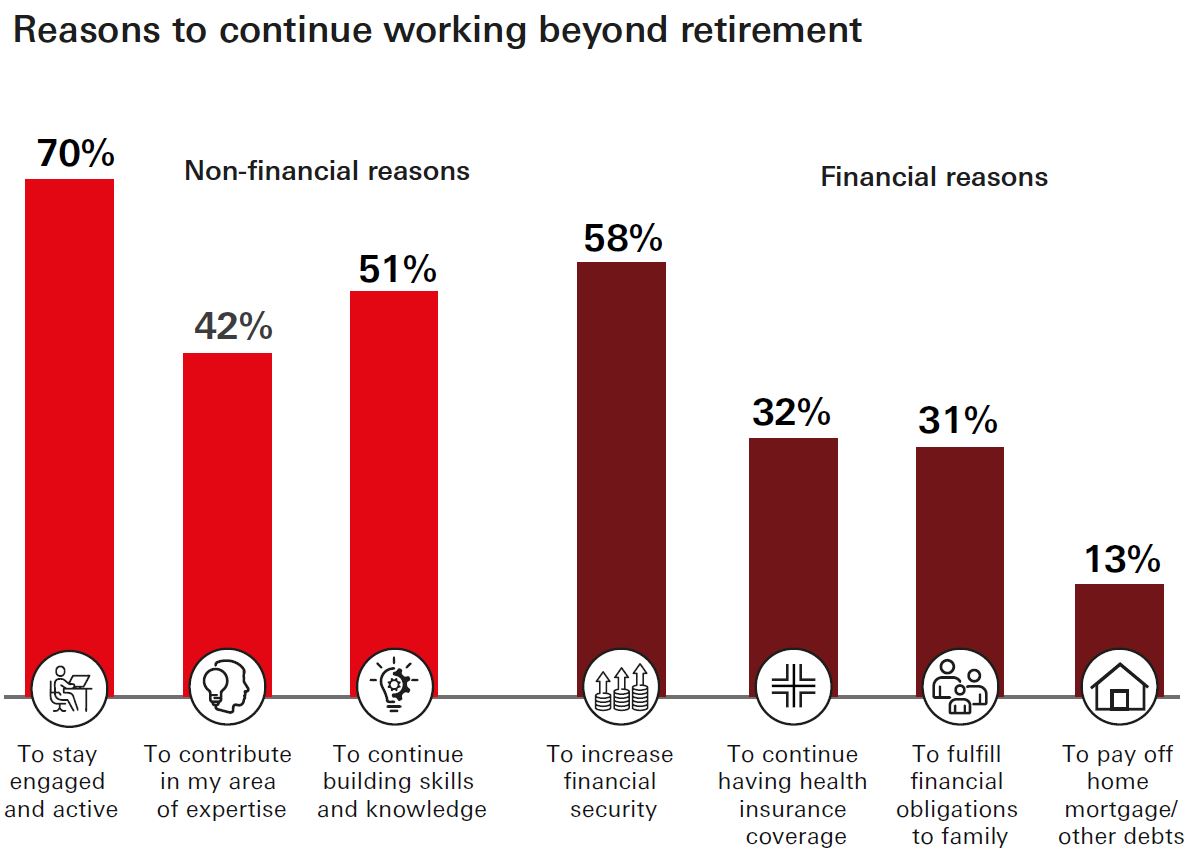### What is a Good Loan Default Rate? Understanding the Metrics Behind Lending Success
Guide or Summary:Defining Loan Default RateFactors Influencing a Good Loan Default RateAssessing What is a Good Loan Default RateImplications for Borrowers……
Guide or Summary:
- Defining Loan Default Rate
- Factors Influencing a Good Loan Default Rate
- Assessing What is a Good Loan Default Rate
- Implications for Borrowers and Lenders
When discussing the financial landscape, one critical question arises: What is a good loan default rate? This metric is essential for lenders and borrowers alike, as it provides insight into the health of a loan portfolio and the risk associated with lending practices. Understanding this rate can help both parties make informed decisions about borrowing and lending.
Defining Loan Default Rate
The loan default rate is the percentage of loans within a specific portfolio that have not been repaid as agreed upon. A loan is typically considered in default when the borrower fails to make scheduled payments for a specified period, often 90 days or more. This rate serves as a key indicator of the credit risk involved in lending practices.
Factors Influencing a Good Loan Default Rate
Determining what constitutes a "good" loan default rate can be subjective and varies based on several factors, including:

1. **Industry Standards**: Different industries have varying default rates. For example, personal loans may have a higher default rate compared to mortgages. Understanding the norms within a specific sector can help in assessing what is acceptable.
2. **Economic Conditions**: The overall economic environment plays a significant role. During economic downturns, default rates tend to rise due to job losses and decreased income, while stable or growing economies often see lower rates.
3. **Lender Practices**: The underwriting criteria employed by lenders can influence default rates. Stricter lending standards typically result in lower default rates, as lenders are more selective about whom they lend to.

Assessing What is a Good Loan Default Rate
A "good" loan default rate is often considered to be below 5% for most lending institutions, though this number can fluctuate. For instance, credit unions and community banks often have lower default rates compared to larger financial institutions due to their more personalized lending practices.
Lenders often analyze their default rates over time to identify trends and make adjustments to their lending strategies. For example, if a lender notices an increase in defaults, they may tighten their lending criteria or enhance their credit assessment processes.
Implications for Borrowers and Lenders
For borrowers, understanding the loan default rate can provide insight into the risk of taking on debt. A lender with a high default rate may be more likely to impose higher interest rates to compensate for the increased risk, making borrowing more expensive.

For lenders, maintaining a low loan default rate is crucial for profitability and sustainability. High default rates can lead to significant financial losses and may necessitate increased capital reserves, affecting the lender's ability to offer competitive rates to borrowers.
In conclusion, what is a good loan default rate is a multifaceted question that requires consideration of various factors, including industry standards, economic conditions, and lender practices. While a default rate below 5% is generally viewed as acceptable, the context in which this rate is assessed is vital for making informed lending and borrowing decisions. By understanding the dynamics of loan default rates, both lenders and borrowers can navigate the financial landscape more effectively, ensuring healthier financial outcomes for all parties involved.